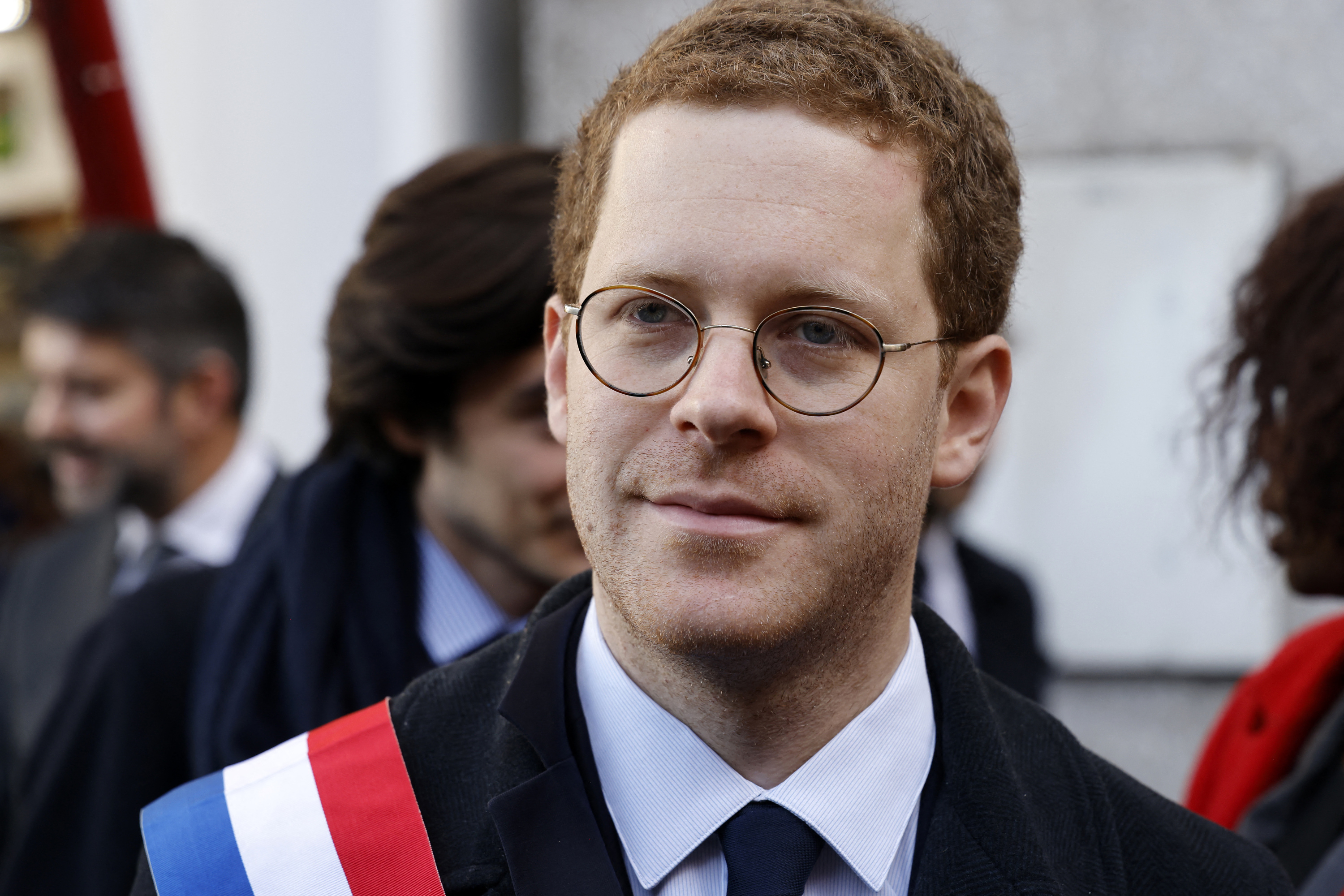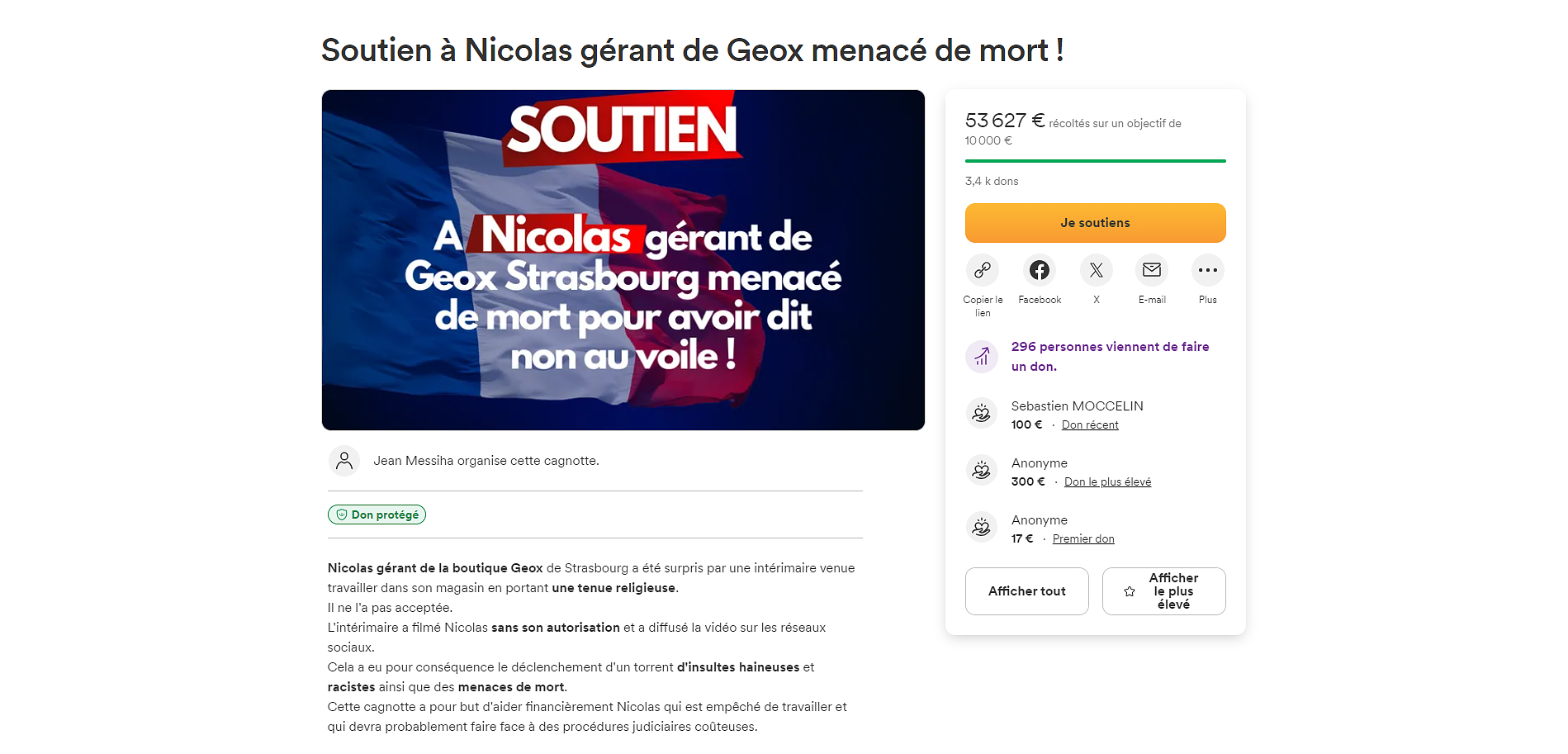There are a few reasons to check out “Tár” though. The sci-fi film in which Cate Blanchett plays a conductor who rose to the top of the Berlin Philharmonic and was nominated for six Oscars but never got one.
A powerful, powerfully directing woman is this Lydia Tár. She lets herself be addressed as Maestro. That's how she acts, on the desk and in her life. It sees itself as the culmination of a tradition of orchestra rulers that has lasted for three and a half centuries.
She can also – that’s actually how “Tár” starts – philosophize about time and music and talk about the history of her job. About Jean-Baptiste Lully at the Versailles court of the French Sun King, for example, the alleged ancestor of all conductors and the first user of a conductor's baton, who, however, stamped on the foot of the then relatively powerful thing so much that he died of the resulting blood poisoning.
An old story. Always happy to tell. Lydia Tár could also have talked about the city where major parts of “Tár” were filmed. And by one of the oldest orchestras in the world. And by a man who laid the foundation for his brilliance, which continues to this day.
The city is called Dresden (whose culture palace is the Berlin Philharmonic in the film). The orchestra that has shone for centuries is the Staatskapelle (its sister orchestra, the Dresden Philharmonic, is the Berlin Philharmonic in “Tár”). The man whom hardly anyone knows anymore is called Johann Georg Pisendel.
One could say that Christian Thielemann as director of the Staatskapelle would be nothing without Pisendel. But that would be going too far. And a little astray.
Because Pisendel represents the opposite of Thielemann and Tár in pretty much everything, as a conductor, as an orchestra teacher, as a musician. But maybe we'll start where it all began. In Cadolzburg.
This is a market town in Middle Franconia. Nicely sorted around a rather chic Hohenzollernburg. Pisendel's father was the musical master of ceremonies and cantor at court, Johann Georg was the only son among his 13 children who, along with three sisters, survived childbirth.
Johann Georg had a beautiful voice, he was clever, he learned keyboard instruments quickly. At the age of nine, he was recruited from the Hohenzollernhof in Ansbach.
The father had arranged it. One has to imagine the system of enticement of musical talents between the courts of the baroque like that of young footballers today.
Johann Georg stayed in the all-star band of the Margrave of Ansbach for twelve years, learned everything you need to know as an orchestra conductor, and became the outstanding violinist of his generation thanks to lessons from the extreme virtuoso Giuseppe Torelli.
The luck of always being in the right place at the right time runs through his life. Pisendel moves to Leipzig to study law, which he never begins because he gets stuck in Telemann's Collegium Musicum and turns out to be an excellent orchestra teacher.
On the way to Leipzig he met Johann Sebastian Bach in Weimar, who was almost the same age. The two remain pretty much the best of friends (we probably have Pisendel's Solo Sonata to thank for the fact that Bach wrote six solo sonatas for violin), just like Pisendel and Telemann remain pretty much the best of friends (Pisendel wrote to him until the end of his life and sent him rare plants).
Pisendel has mastered the gift of friendship (unlike many a Maestro). And the gift of absorbing and blending musical styles.
He studied at the epicenters of baroque music, in Versailles, in Darmstadt, and was sent to Italy for training by his new employer, the Elector of Dresden, who had engaged him in 1712. Pisendel and Vivaldi become pretty much best friends.
Pisendel is not a prolific writer. In what he writes (the violinist Mayumi Hirasaki has recorded a fabulously happy selection of it with the Concerto Köln für Edel), French elegance, Italian wildness and German symmetry intersect to create the trend-setting “mixed style” that Pisendel helped to invent. However, the actual meaning of Johann Georg Pisendel would have to be included in the intangible UNESCO World Heritage Site.
He not only collected scores from the world of music known at the time (almost 2,000 works carefully prepared for performance were found in his legendary Dresdner Wardrobe II) and made them accessible to colleagues. He professionalized rehearsals, turned a flock of highly talented individual players into an orchestra, and laid the foundation for the career of concertmaster.
And he founded the myth of the German Kapellmeister. As concert and bandmaster, Johann Georg Pisendel laid the foundation for the Dresden court orchestra to become the “miracle harp” (Richard Wagner) that it still is today. Unpretentious, accessible, philanthropic. An anti-Tár.

 Rishi Sunak wants a tobacco-free UK
Rishi Sunak wants a tobacco-free UK In Africa, the number of millionaires will boom over the next ten years
In Africa, the number of millionaires will boom over the next ten years Iran's attack on Israel: these false, misleading images spreading on social networks
Iran's attack on Israel: these false, misleading images spreading on social networks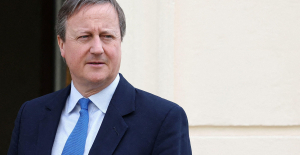 Iran-Israel: David Cameron wants the G7 to impose “coordinated sanctions” on Iran
Iran-Israel: David Cameron wants the G7 to impose “coordinated sanctions” on Iran New generation mosquito nets prove much more effective against malaria
New generation mosquito nets prove much more effective against malaria Covid-19: everything you need to know about the new vaccination campaign which is starting
Covid-19: everything you need to know about the new vaccination campaign which is starting The best laptops of the moment boast artificial intelligence
The best laptops of the moment boast artificial intelligence Amazon invests 700 million in robotizing its warehouses in Europe
Amazon invests 700 million in robotizing its warehouses in Europe Solar panels: French manufacturer Systovi announces the cessation of its activities due to “Chinese dumping”
Solar panels: French manufacturer Systovi announces the cessation of its activities due to “Chinese dumping” Tesla: canceled in court, Musk's huge compensation plan will again be submitted to shareholders
Tesla: canceled in court, Musk's huge compensation plan will again be submitted to shareholders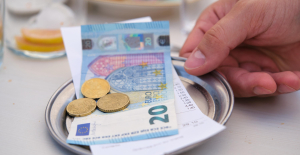 Two, three or a hundred euros: who are the most generous customers with tips?
Two, three or a hundred euros: who are the most generous customers with tips? Boeing safety examined in US Senate, after whistleblower's revelations
Boeing safety examined in US Senate, after whistleblower's revelations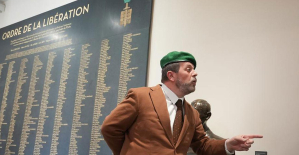 Immersion among the companions of the Liberation
Immersion among the companions of the Liberation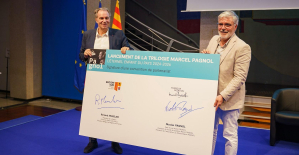 Provence-Alpes-Côte d’Azur releases several hundred thousand euros for the promotion of the work of Marcel Pagnol
Provence-Alpes-Côte d’Azur releases several hundred thousand euros for the promotion of the work of Marcel Pagnol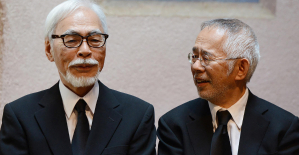 A palm of honor distinguishes Studios Ghibli for all of their work
A palm of honor distinguishes Studios Ghibli for all of their work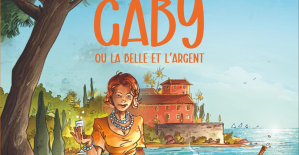 Gaby, a new play by Pagnol adapted into a comic strip
Gaby, a new play by Pagnol adapted into a comic strip Skoda Kodiaq 2024: a 'beast' plug-in hybrid SUV
Skoda Kodiaq 2024: a 'beast' plug-in hybrid SUV Tesla launches a new Model Y with 600 km of autonomy at a "more accessible price"
Tesla launches a new Model Y with 600 km of autonomy at a "more accessible price" The 10 best-selling cars in March 2024 in Spain: sales fall due to Easter
The 10 best-selling cars in March 2024 in Spain: sales fall due to Easter A private jet company buys more than 100 flying cars
A private jet company buys more than 100 flying cars This is how housing prices have changed in Spain in the last decade
This is how housing prices have changed in Spain in the last decade The home mortgage firm drops 10% in January and interest soars to 3.46%
The home mortgage firm drops 10% in January and interest soars to 3.46% The jewel of the Rocío de Nagüeles urbanization: a dream villa in Marbella
The jewel of the Rocío de Nagüeles urbanization: a dream villa in Marbella Rental prices grow by 7.3% in February: where does it go up and where does it go down?
Rental prices grow by 7.3% in February: where does it go up and where does it go down? Europeans: the schedule of debates to follow between now and June 9
Europeans: the schedule of debates to follow between now and June 9 Europeans: “In France, there is a left and there is a right,” assures Bellamy
Europeans: “In France, there is a left and there is a right,” assures Bellamy During the night of the economy, the right points out the budgetary flaws of the macronie
During the night of the economy, the right points out the budgetary flaws of the macronie Europeans: Glucksmann denounces “Emmanuel Macron’s failure” in the face of Bardella’s success
Europeans: Glucksmann denounces “Emmanuel Macron’s failure” in the face of Bardella’s success These French cities that will boycott the World Cup in Qatar
These French cities that will boycott the World Cup in Qatar Union Bordeaux Bègles-Clermont: at what time and on which channel to follow the Top 14 clash?
Union Bordeaux Bègles-Clermont: at what time and on which channel to follow the Top 14 clash? Football: Ada Hegerberg extends at OL until 2027
Football: Ada Hegerberg extends at OL until 2027 Basketball: suspended for life from NBA for fixing his match
Basketball: suspended for life from NBA for fixing his match Paris 2024 Olympic Games: boxer Estelle Mossely wants to parade on the Seine as a flag bearer
Paris 2024 Olympic Games: boxer Estelle Mossely wants to parade on the Seine as a flag bearer






